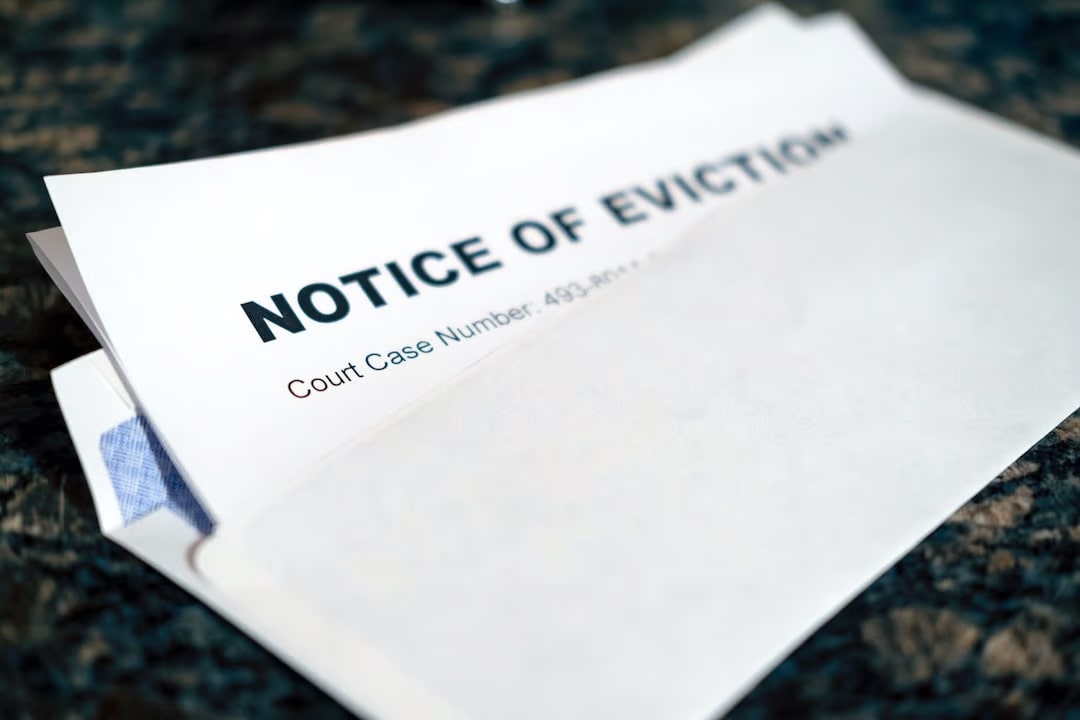Eviction is a lot more frequent than most people realize. Each year, 2.7 million households get eviction filings.
The eviction process helps remove troublesome tenants from a home, protecting the landlord's property. Although this is an option, evicting tenants is not always so easy. This is thanks to one simple thing: eviction protection.
What is eviction protection, and how does it work? Read on as we take a look at tenant rights when it comes to the process of eviction.
What Is Eviction?
Eviction is not just a tenant being removed from a property. It is a forcible, government-authorized (and court-ordered) removal.
For obvious reasons, evicting tenants cannot happen at the drop of a hat. A landlord who wishes to evict their tenants must have the right reasons, and go through the proper procedure.
Generally, eviction happens when the tenants breach the tenancy agreement. For example, you drop by during your regular inspection and discover they have done serious damage to the property. Other reasons can include rent nonpayment, violation of lease terms, or illegal activity.
What Is Eviction Protection?
Eviction protection prevents landlords from evicting tenants without following the correct process or having valid reasons. You may not, for example, be able to evict a tenant just because you want to reclaim the property. You'd have to wait until the expiration of the lease.
Eviction protection protects tenants who are obeying their lease agreement. Otherwise, many, many tenants might lose their housing at the whims of their landlord. If you do not follow the proper procedure in Virginia, you could get in serious trouble with the law.
What Rights Do Tenants Have?
Tenants must comply with a forcible eviction. However, they do not have to capitulate to a landlord's demands that they leave. They have the right to remain on the property until the government says otherwise.
How Eviction Works
Assuming you have the right reasons, there is a process you must follow:
- Send the tenant a 30-day eviction notice
- File an unlawful detainer
- Serve eviction hearing summons to tenant
- Wait for a judgment
- Obtain a writ of eviction
- Wait for the tenant to leave
- Evict forcibly with sheriff's help
As you can see, the process can take a long time. On the short end, it could take at least a month to evict a tenant who breaks their lease. On the long end, it could take several months, or a year or longer in extreme cases.
Tips for the Eviction Process
It's important not to do anything but the above when handling eviction. You cannot coerce the tenant in any way. This includes changing locks, cutting utilities, or harassing/threatening them.
Manage With Renters' Warehouse
Eviction protection enshrines in law tenant rights to live in a property as long as they keep to lease agreements. A landlord cannot evict someone without due cause and proper procedure.
You must obey the eviction process to the letter. Otherwise, the court may not grant your wish.
Renters' Warehouse helps you make the most of your rental properties. Use our free rental analysis to get started.



.png)